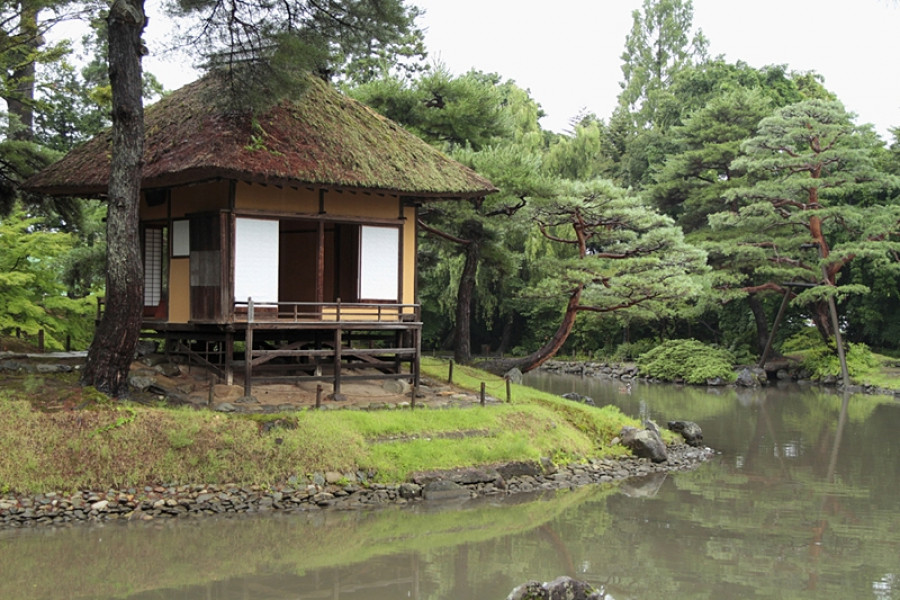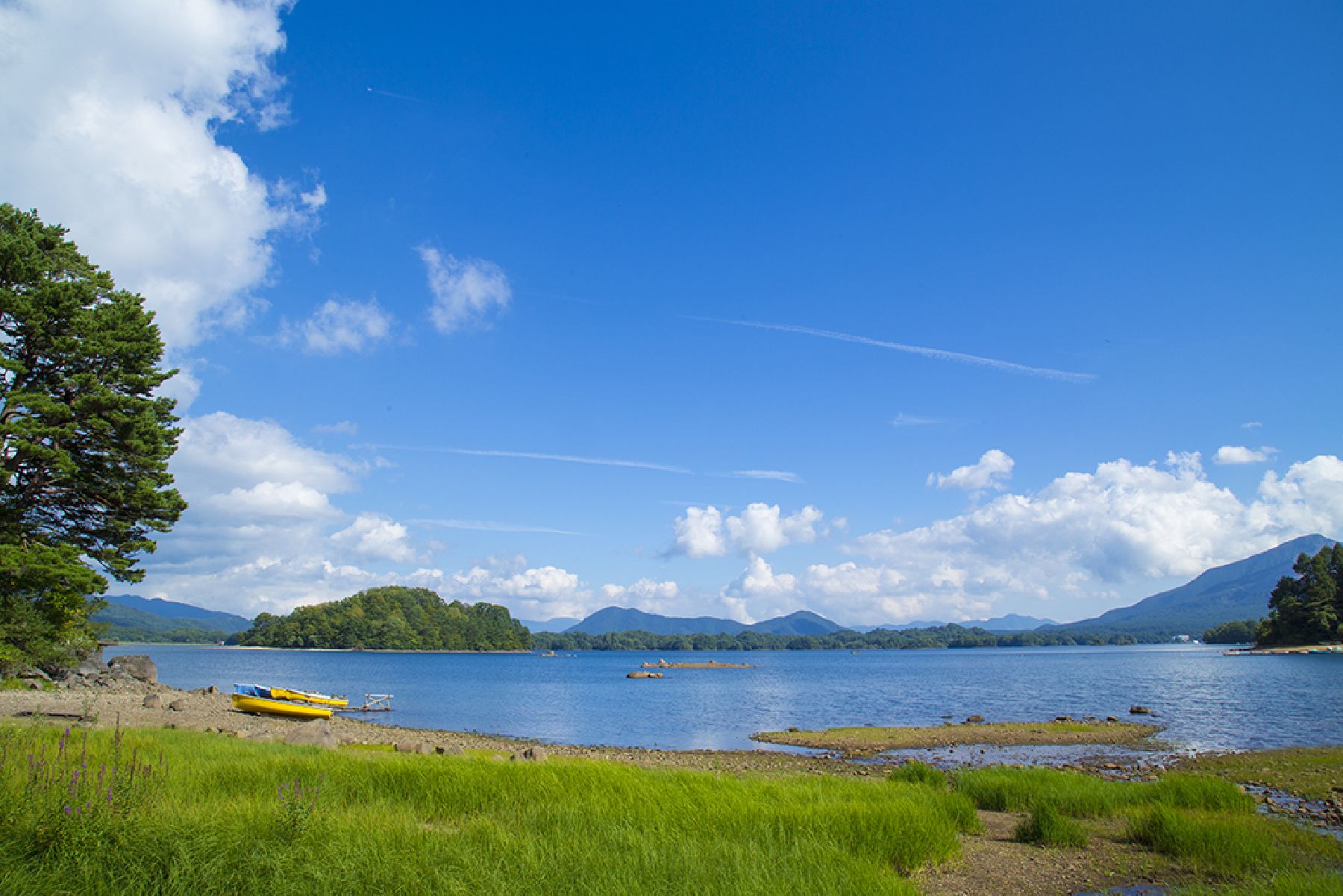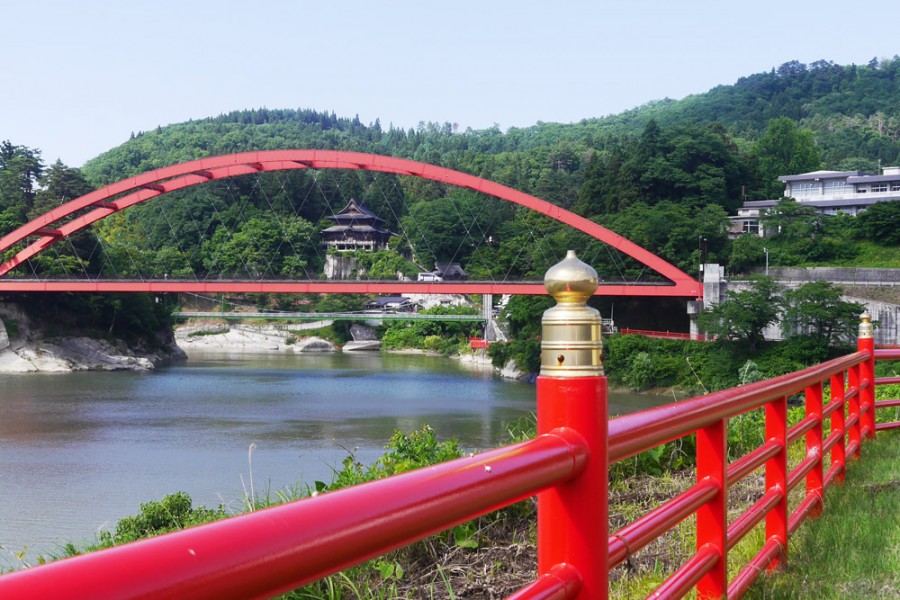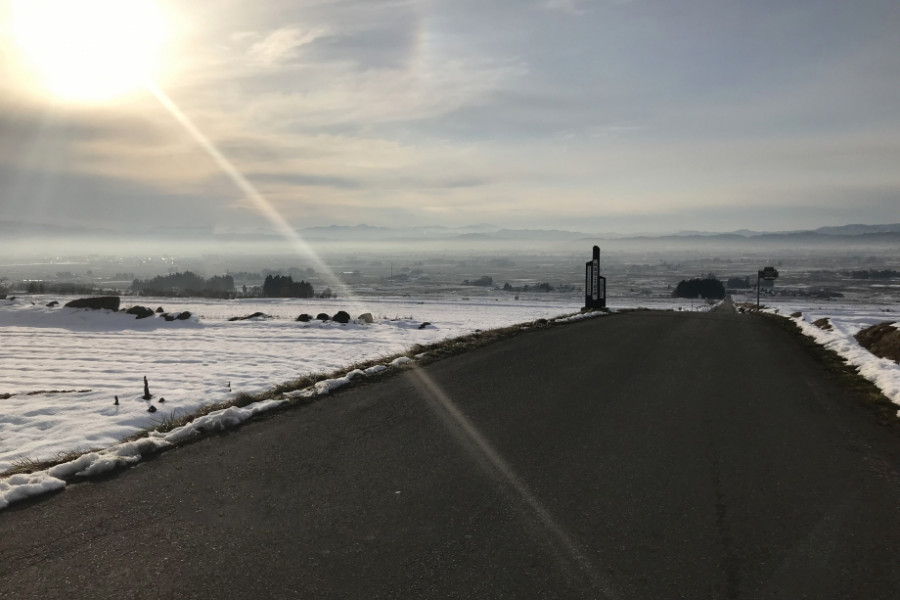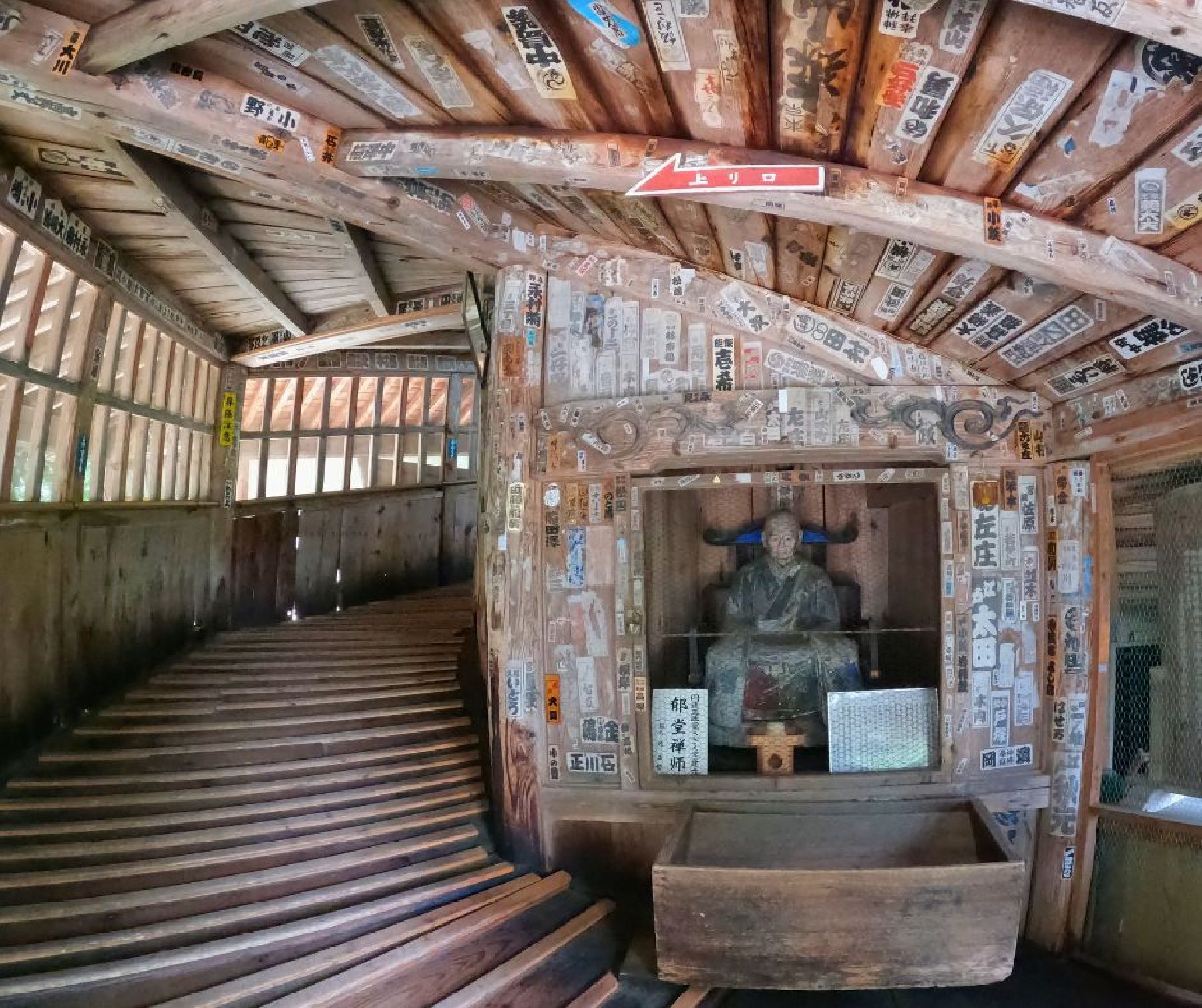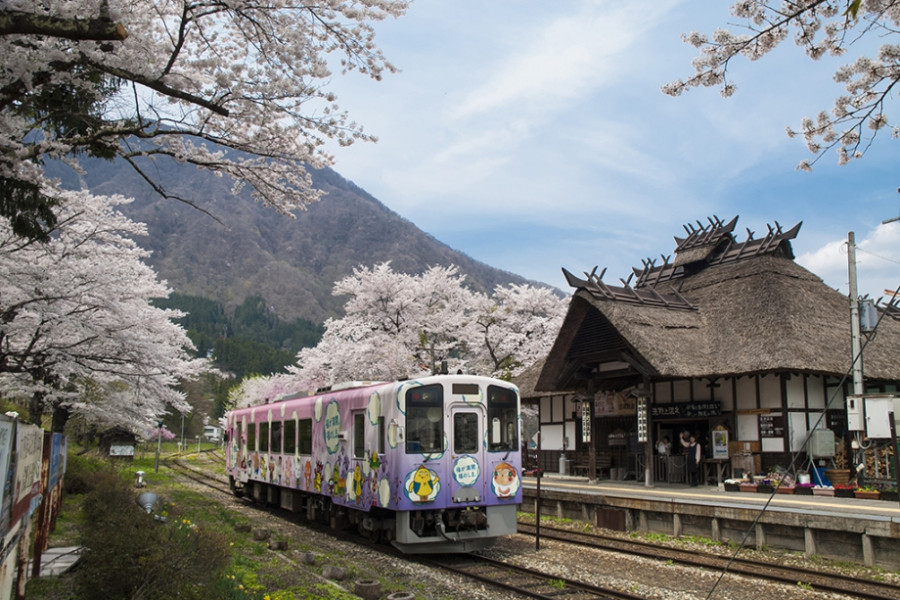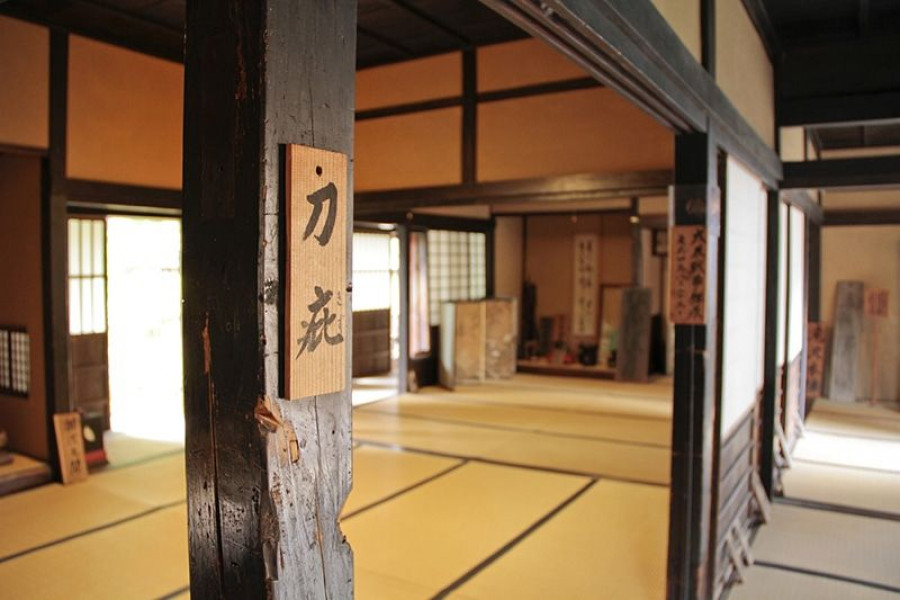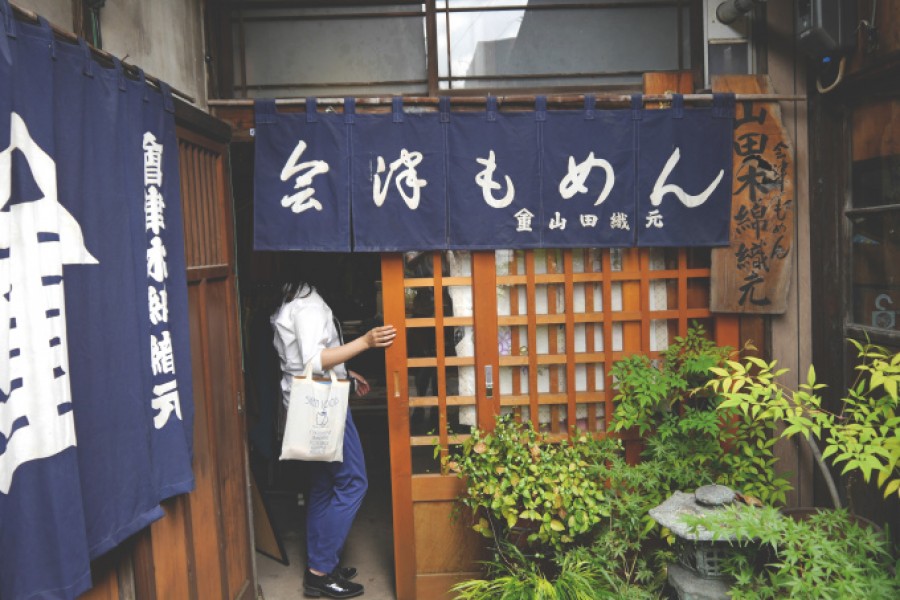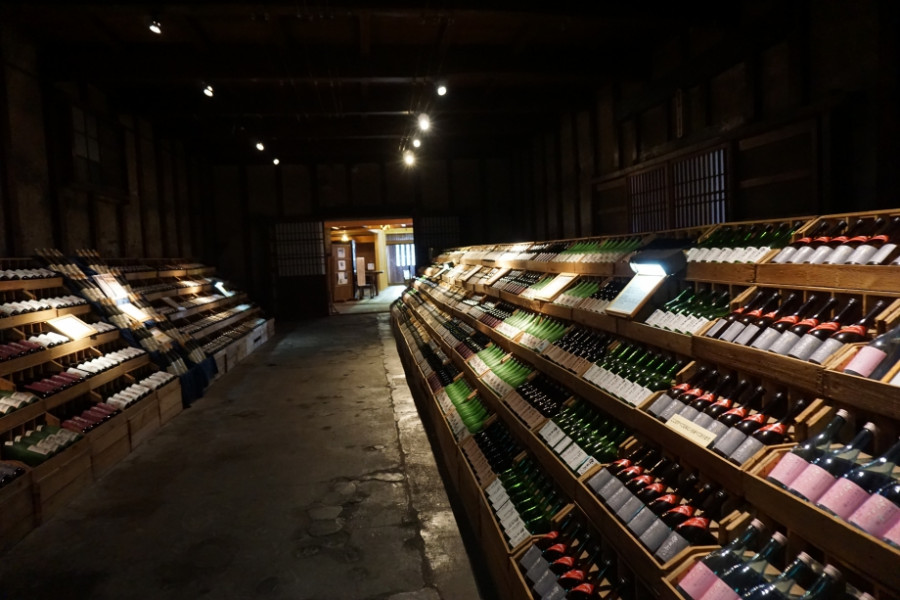
Yamatogawa Sake Brewery
Close to Kitakata station is Yamatogawa Brewery. This brewery was built in 1790 in the Edo Era, and has been producing sake ever since. The famous sake cultivated at this brewery is made using the clear, mountain water from Mt Iide.Another important component of Yamatogawa Brewery’s sake is the use of high-quality, carefully cultivated rice. This rice is grown in Yamatogawa Brewery’s own rice fields, and from the fields of selected local farming families. Next door to the brewery is the Northern Museum – where old earthen storehouses built during the Edo Era have been opened up to the public. Here you can learn about how the sake-making process has changed since the Edo period. Tours and sake tasting available for free.
